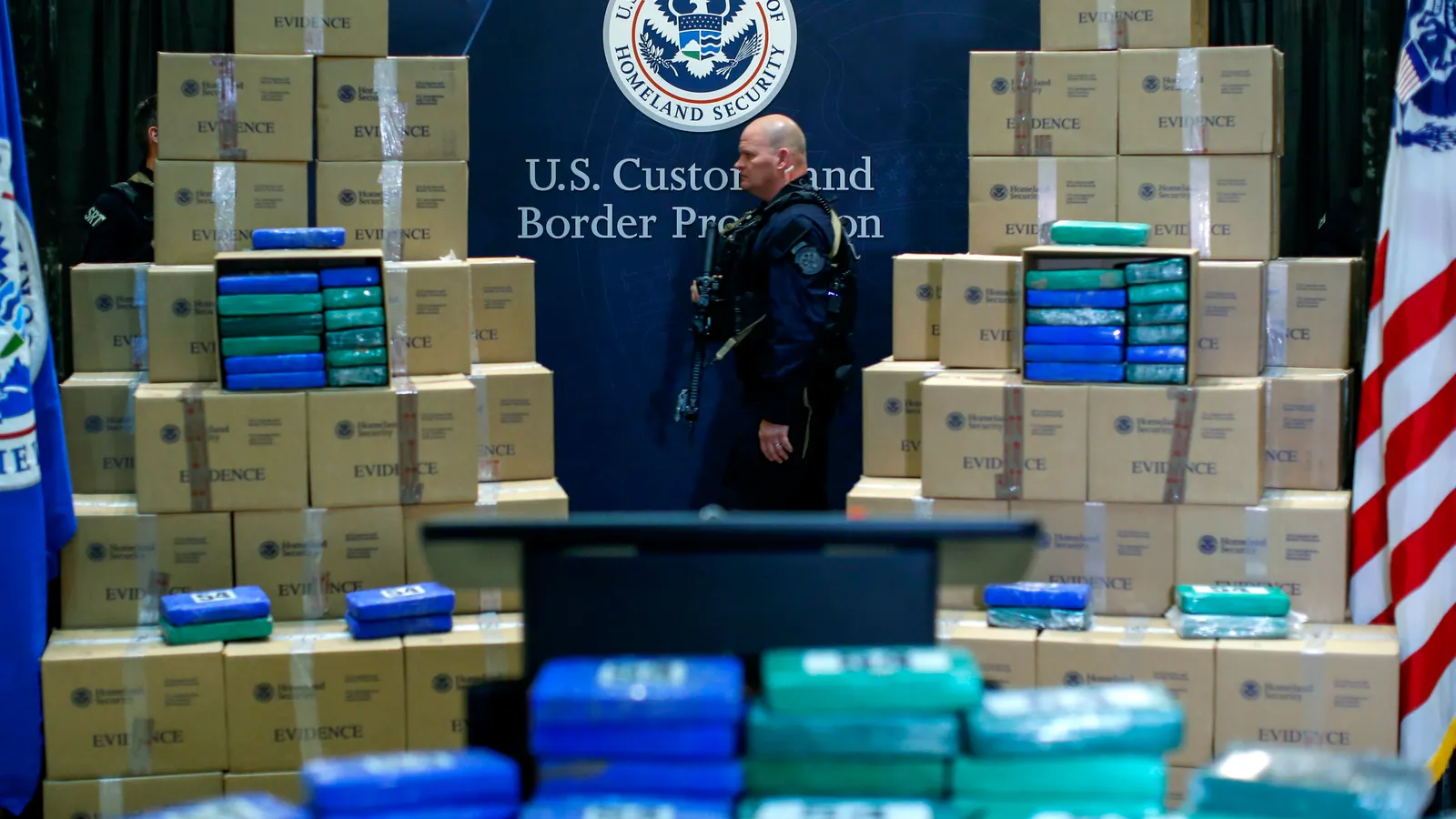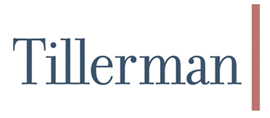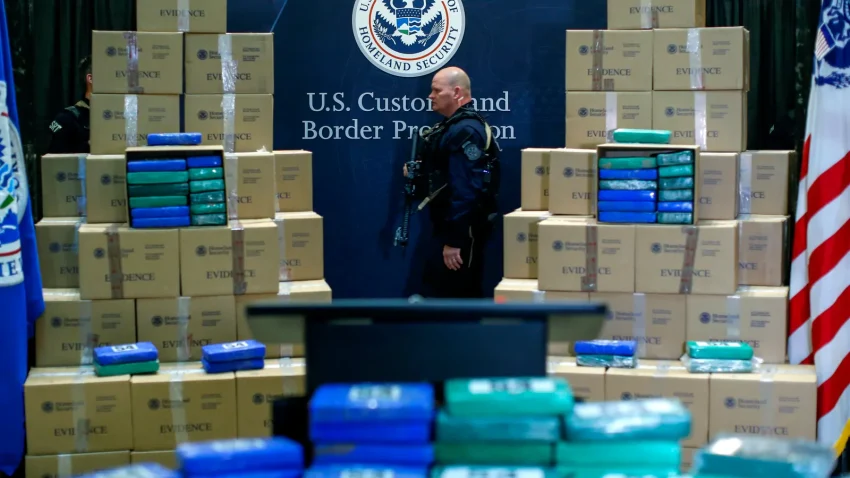April brought fresh challenges for the retail industry, as new tariffs, supply chain uncertainty, and department store struggles weighed heavily. But not all news was grim—strong earnings from select players and evolving strategies across channels suggest there’s still room for smart, adaptive growth.

March retail sales rose modestly, offering a glimmer of resilience amid growing economic headwinds. But the gain masked deeper trouble in parts of the market—most notably department stores, where sales fell 5.5%, signaling continued erosion in a sector under intense pressure.
The month opened with the Trump administration announcing sweeping new tariffs, setting off fresh waves of uncertainty across the retail industry. The apparel sector, already grappling with shifting consumer demand and global supply chain complexities, is expected to be among the hardest hit. While many of the newly imposed sanctions were temporarily paused for 90 days, the policy whiplash has left businesses scrambling.
The fashion industry has responded with mounting concern, particularly as the de minimis exemption—allowing low-value shipments to enter the U.S. duty-free—will begin expiring in early May for goods from China and Hong Kong. Other countries will follow once a system is in place to assess and collect duties, adding yet another layer of friction to cross-border commerce.
A New York Times cover story this month highlighted the diverging strategies apparel retailers are adopting in response—some accelerating nearshoring efforts, others leaning more heavily into automation and domestic sourcing. At the same time, several high-profile retailers are appealing directly to President Trump, urging a recalibration of tariff policy that they warn could raise prices and dampen consumer sentiment heading into the back half of the year.
Retailers are, for now, largely holding the line on prices, but many have signaled that if tariff pressure persists, price increases will be unavoidable.
Meanwhile, PVH Corp. posted better-than-expected earnings and saw a bump in its share price, offering a rare bright spot. The results came despite lingering uncertainty around China, which recently designated PVH as an “undesirable entity”—a move that could complicate the company’s operations in the region.
Elsewhere, Macy’s is looking to claw back roughly $600,000 in executive bonuses after uncovering an accounting error that resulted in overpayments. And in the world of experiential commerce, QVC has announced a new partnership with TikTok to expand live shopping—a format gaining traction among younger consumers.
Target is generating buzz with the upcoming launch of a limited-time Kate Spade collection, a move aimed at driving traffic and enhancing its accessible luxury positioning.
But storm clouds remain. The Trump tariffs could jeopardize the Nordstrom family’s effort to take the company private through a joint deal with Mexico’s Liverpool department store. And Hudson Bay’s path forward is narrowing, with the company likely heading toward a full liquidation unless a last-minute financing solution emerges.
Even with modest topline gains in March, the undercurrents in retail suggest more volatility ahead—particularly as geopolitical and trade policy pressures continue to mount.




